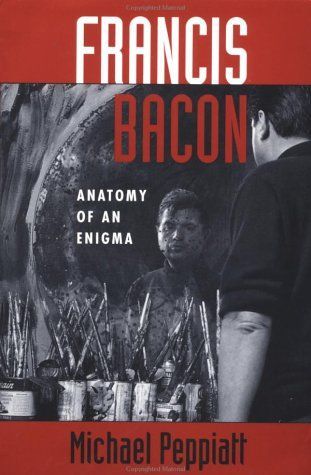
Francis Bacon Anatomy Of An Enigma
Francis Bacon has long been recognized as one of the most original of all modern artists; his canvases of screaming popes and dismembered human figures are defining images of twentieth-century anguish. Bacon was also a legend in the London demimonde, a man who followed long nights of drinking, gambling, and sexual adventure with intense early morning encounters with the blank canvas.When Michael Peppiatt first met him in 1963, Bacon, then in his early fifties, was at the height of his powers. Over the next thirty years, Peppiatt became a close friend of Bacon's and one of his most perceptive critics, and he has produced a fascinating, disturbing portrait of this agonized modern artist.Bacon (1909–92) was raised in large country houses in rural Ireland by a family whose conventional expectations he rebelled against early on. As a young man he was introduced to the seamy side of life in London and Paris; but only after seeing a Picasso retrospective in 1928 did he become an artist. He sprang into prominence in 1944 with a triptych which shocked the art world with its sheer ferocity, and he soon emerged, with his friend Lucian Freud, as a leader of an informal “School of London,” which favored figurative painting in an age dominated by abstraction.As retrospectives of Bacon's work in Paris, London, and New York made his reputation soar, his nighttime exploits grew wilder and wilder; charming and confident, with a strong sadomasochistic streak, he was drawn to “rough trade” in London clubs and pushed all situations to the edge. At the same time, he was a deeply cultivated and thoughtful artist who was obsessively guarded about the sources of his inspiration.Peppiatt has unlocked many of the enigmas of Bacon's life and work. Bacon talked openly to Peppiatt about his early life, his sexuality, his fantasies, and his ambitions, aware that all was being recorded for publication. At the suggestion that some of his remarks would sound indiscreet, Bacon replied: “The more indiscreet, the more interesting it will be.” Together with many new facts, unpublished documents, and penetrating analyses of key paintings, these conversations have been integrated into what is the most complete and riveting account of one of the greatest artists of our time.
Reviews
James Haliburton@jdhberlin
Giovanni Garcia-Fenech @giovannigf
Ariane Tanguy@arianeantie